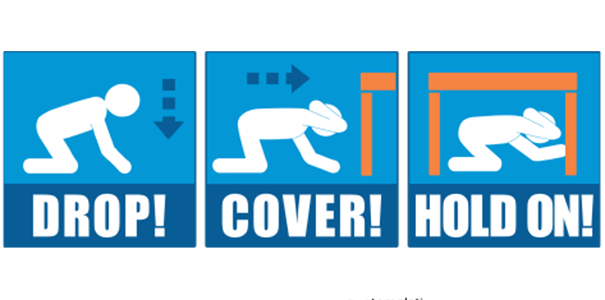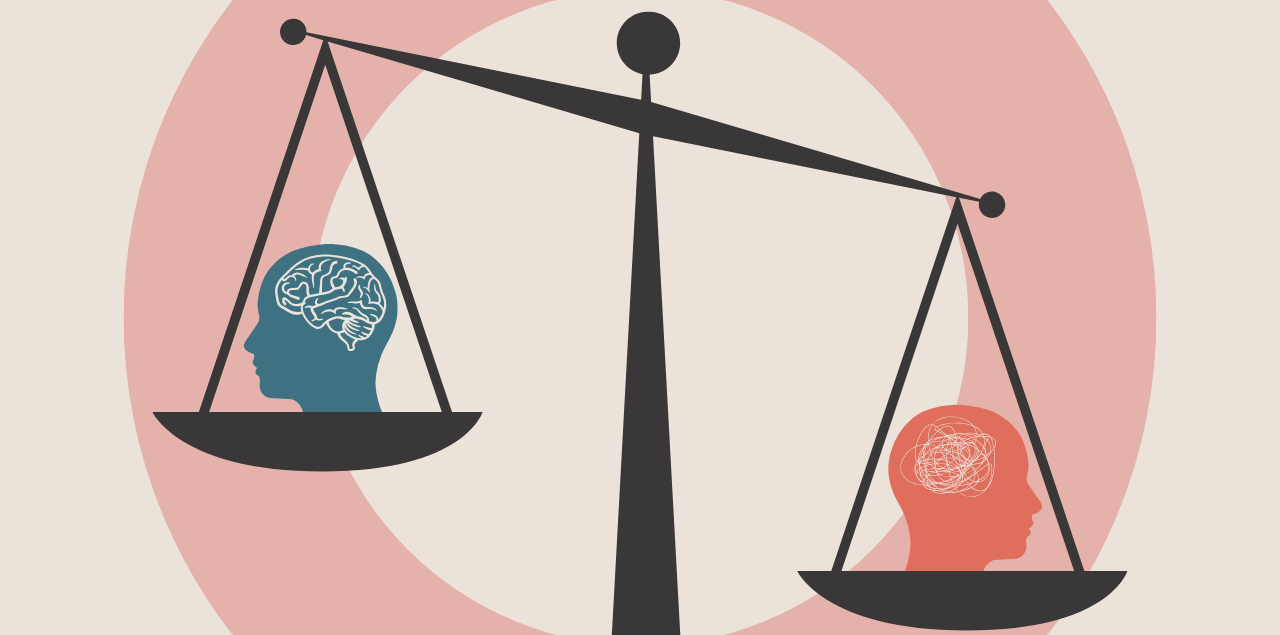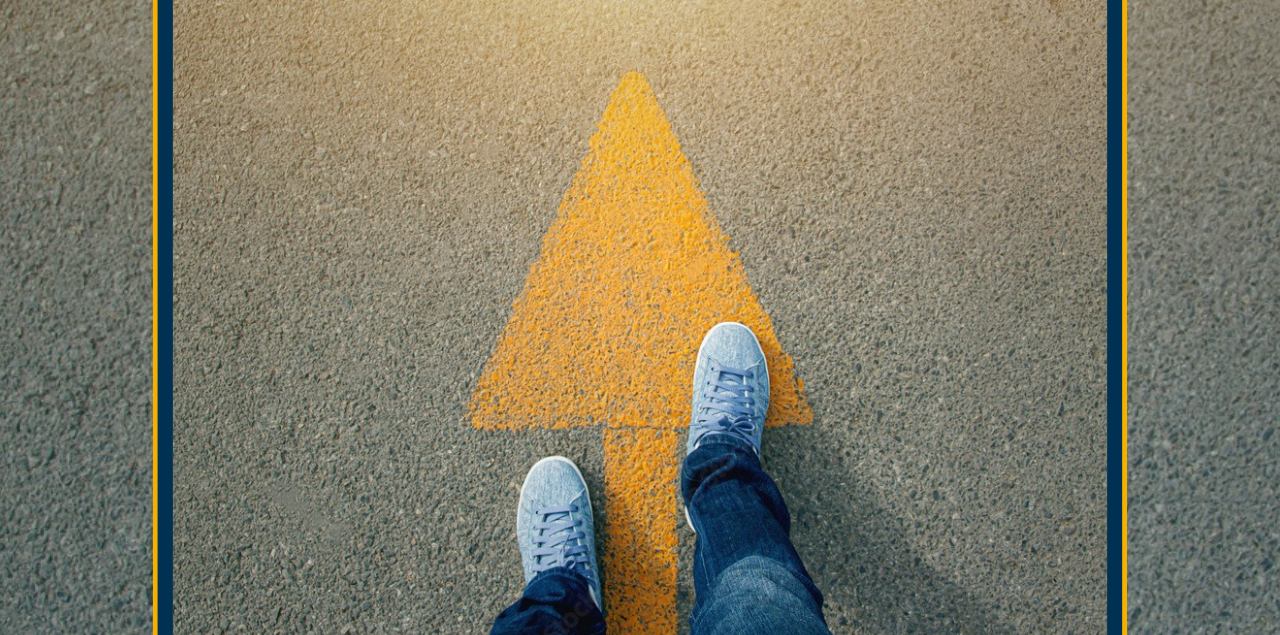
Article
April 21, 2020
Mindfulness in an Earthquake
How an earthquake teaches mindfulness lessons, and how mindfulness can help us cope with the change and uncertainty of a pandemic is discussed by UNC Professor Mike Kimball.
How an earthquake teaches mindfulness lessons, and how mindfulness can help us cope with the change and uncertainty of a pandemic.
Several years ago, UNC Professor of Anthropology Mike Kimball, Ph.D., was visiting a museum with his family in California. “All of a sudden the floors started to move and things on the walls started to swing. And my first thought was, ‘Oh wow, this is an amazing museum. They actually have automated it so that the floor really catches the visitor’s attention!’”
It was actually a minor earthquake – just tremors, he says. While some people reacted with fear, others – perhaps people who’d been through it all numerous times – took it in stride.

“To me, that’s a great lesson,” he says. “It’s not just the imminent threat of something falling on your head, but also because the ground we’re so used to trusting as being solid and supportive is suddenly moving under our feet. (But people who) are familiar with earthquakes know that there’s a truth about the earth – that the earth actually is always moving.”
And in that truth, lies a deeper lesson.
Kimball says the techniques that people learn to survive an earthquake (drop to the ground, you find cover and you hold on) are great metaphors.
“We’re all in the midst of our own earthquake right now with the pandemic,” he says. “Those three steps translate directly into mindfulness practice.”
A dedicated mindfulness practitioner, Kimball is certified to teach mindfulness by the North Carolina-based Center for Koru Mindfulness, whose curriculum, crafted specifically for college and graduate students, is based on Mindfulness-Based Stress Reduction (MBSR), the program founded by renowned University of Massachusetts Medical School researcher and meditation teacher Jon Kabat-Zinn. Kimball shares Kabat-Zinn’s definition of mindfulness as learning to “pay attention in a particular way: on purpose, non-judgmentally, and in the present moment.”
“Your mind is always jumping in there with different things for you to be doing and not sitting still paying attention to the present moment,” says Kimball. “Nonjudgmental means you’re not criticizing what’s coming up in the moment. You’re just noticing it, letting it go on its own, letting it linger if it’s going to linger. And not feeding it, just letting it be what it is,” he says.
What comes up may mean emotions, physical sensations, images, memories, plans and all manner of other distractions.
“We have the ability to explore the past with our imaginations and to explore a future or many futures with our imaginations. And this is why we can solve problems. This is why we can prepare for and manage crises because our brains have this incredible ability to draw learning from the past and to imagine a future,” he says. “But the downside of that, of course, is that when we get stuck in loops of living in the past or living in the future, we can’t get out. We get trapped.”
When that happens, he says, you may experience frustration, anger, anxiety, even despair because the future is out of your control.
“Mindfulness practice is sort of a refuge we can create for ourselves in the midst of the uncertainty that the world hands us all the time. When you practice it, you’re reminding yourself that the future hasn’t happened yet, and the past is over. We remind ourselves through a mindfulness practice that actually all we have right now, all we will ever have, is the present moment.”
When we remember that, and when we practice mindfulness, Kimball explains that what rises is peace of mind. “We remember that even in the midst of chaos, what we have right now is what we have, and we can’t control the future. It doesn’t tell us that we shouldn’t be thinking about the past or we shouldn’t be planning. All it tells us is that we should wake up into the present moment so that we don’t get caught up in these traps of being stuck in the past or an unhappening future,” he says.
So, using earthquake responsiveness as a metaphor, Kimball explains how mindfulness can draw on those three steps to lower your stress:
- Drop. “For mindfulness, that means dropping into your experience of the present moment. Feeling it, whatever the feeling is. If it’s pain, if it’s bodily sensations, if it’s mental formations, ideas, memories, whatever it is, just noticing it non-judgmentally and dropping into our present moment experience.”
- Cover. “Cover means taking refuge, right? And mindfulness offers us a practice that allows us to take refuge, not by resisting the fact that things change, but instead embracing and accepting the fact that everything changes. That in itself becomes a refuge – it’s understanding the nature of change and accepting that change happens, that the ground shifts beneath our feet because that’s the nature of the ground. That’s the teaching of the earth.”
- Hold On. “Returning to the sense of being here right now and being alive in this moment. Regardless of how stressful or how distracting the moment is, we’re alive within it. There are a few ways people do that. One is just to put your hand on your heart, so you can feel it beating. This is a way of reminding ourselves, ‘Wait, even though I’m stuck in a loop about the future or I’m dwelling on the past, actually I’m right here, right now, actually alive, which is a miracle. “Or you can use something like a stone. If you have a stone in your hand, you can feel that solidity and you can marvel at the age of something that you’re holding in your hand. It seems almost ageless. It grounds us again in this acceptance, this connection with the rest of the world right here, right now in this moment.”
Mike Kimball, Ph.D., is a UNC professor of Anthropology, Director of UNC’s Center for Applied Contemplative Studies, and a Certified Mindfulness Teacher for the Center for Koru Mindfulness (korumindfulness.org).
In 2018, he published his book Ethnowise: Embracing Culture Shock to Build Resilience, Responsiveness & Connection. He also maintains a website of the same name — ethnowise.com— and was featured in a two-part series for UNC’s Bear-in-Mind Podcast. This story is an excerpt of a presentation he gave on April 17, 2020, during UNC’s Coronavirus Task Force Daily Operational Updates. You’ll find his most recent piece on mindfulness and climate change at https://medium.com/@mjkimball/climate-crisis-91146915c3a.



